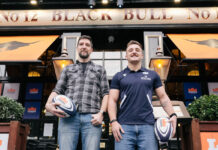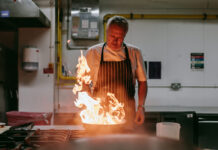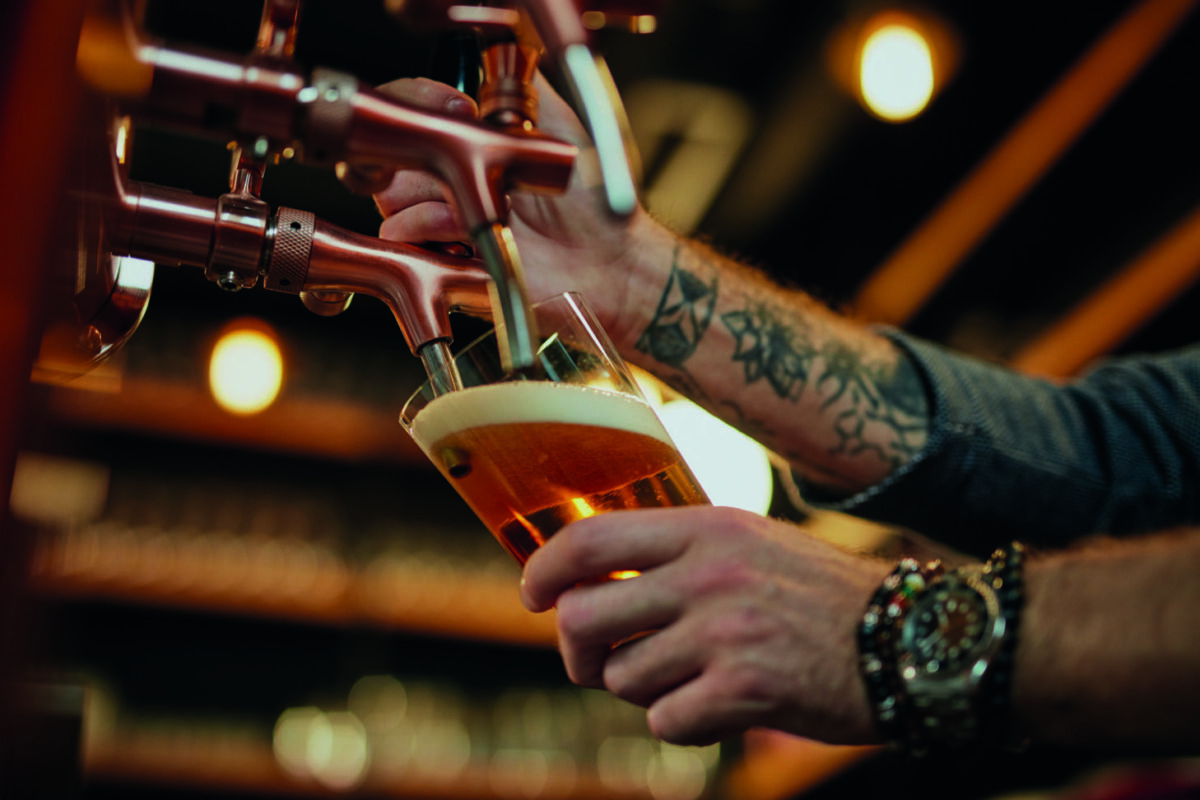
60 Years of SLTN: Is beer moving back to its future?
By Gordon Davidson
There’s been nothing less than a revolution in the on-trade beer market since SLTN was born.
The constant push and pull between tradition and innovation, consumers’ loyalty to time-honoured brands and their desire for the next big thing, has seen the tide go out for many Scottish breweries, and the boat come in for the makers of mass market Continental and transatlantic beers.
But for every action, there’s an equal and opposite reaction, and as international homogeneity threatened, the UK’s craft brewing scene abruptly went ‘punk’, unleashing a wave of individualist – but commercially savvy – beer-making creativity.
From the perspective of the operators and bar managers behind the taps, these twin upheavals are still ongoing.
With his clutch of premium pubs and restaurants in and around Glasgow’s bustling Finnieston drag, Graham Suttle knows a thing or two about change, having come to the area when it was more or less a barren corridor between the city and the west end.

“In my time – not necessarily a long time despite other people’s opinions – I’ve seen the beer market change from the basic approach to the over the top craft lager and ale, and now there is, in my opinion, a return to the simplicity of the old days but with the learnings of the past and the learnings from the craft market shaping how it unfolds.”
Suttle suggested that, prior to the craft beer revolution, the big brands had got ‘lazy’ in terms of their product development: “They were always looking to maximise profit, maximise sales rather than looking at maximising development or maximising customers’ satisfaction.
“Before the craft movement kicked off, Continental lagers took hold and offered up change without much change – just better packaging and a promise of sun-soaked memories on a far flung beach,” said Suttle.
“They are here to stay, as they offer just enough to stay ahead of the basic crowd. Even now, brands like Estrella, who are recent enough, are fighting off newcomer Madri and now Cruzcampo for share of that Continental bar offering.”
But Mediterranean marketing is just a blip compared to the changes wrought by the craft beer upheaval, the credit for which Suttle lays at the feet of one brewer in particular.
“That massive disruption within the industry was led almost solely by Brewdog’s punk marketing campaign, which transformed how people viewed beer as a category.
“They went after the big boys – they broke that glass ceiling and made beer quirky and cool again.”
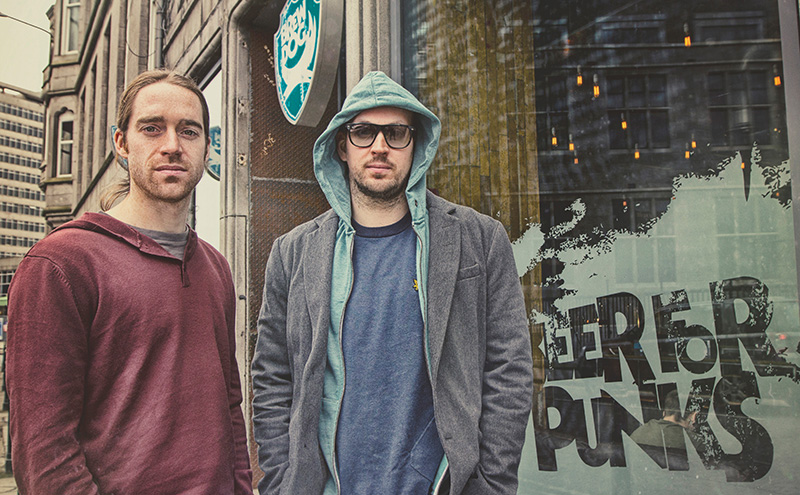
Crucially, this new emphasis on individuality and quality meant more cash over the bar, as prices moved upwards, and opened a market where other producers were able to step on board and, as Suttle puts it, further ‘close the gap on the big boys’.
“It’s important to say that the increase in price paved the way for the development of new brands as it allowed entry into the market from small producers who could protect the margin while selling at a higher sell price versus the big boys.”
Across in Edinburgh, at the Kilderkin Group’s famed Blue Blazer, general manager John Mannion looked at the same situation from a different angle – that of a craft beer enthusiast navigating the new post-punk marketplace.
“What has changed? A lot!” declared Mannion.
“One of the exciting things we are seeing is 18 to 20 year olds digging cask beer – cask’s age range is no longer ‘grey’.”
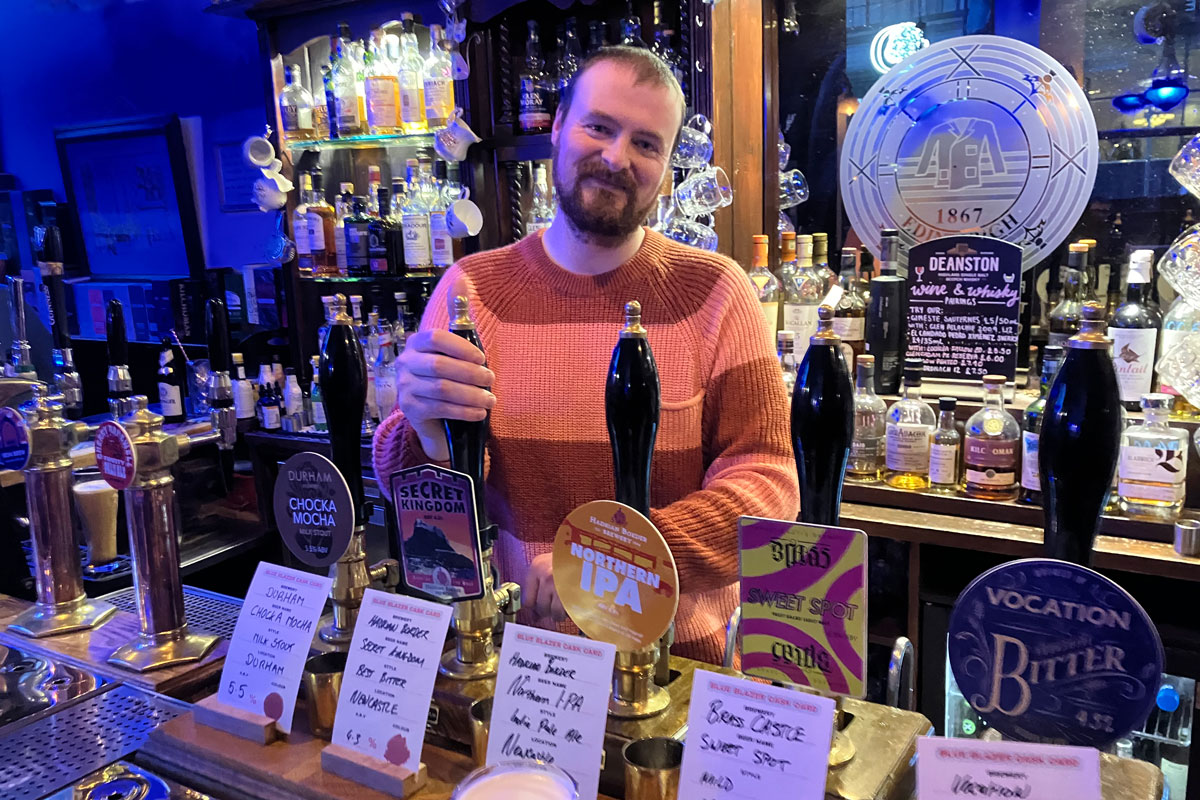
Mannion noted that a lot of traditional breweries had unfortunately died between the rise of mass market lager and the resurgence of interest in ales, but those that had survived were more commercially savvy as a result, noting in particular Broughton’s ‘retro revival’, centred on its Old Jock and Hoppopotamus brands, perhaps at the expense of its previously broader range.
“It is a bit of a shame to see the loss of individuality, but in terms of business, it makes a lot of sense for them to focus on those key beers,” he conceded.
And of course The Blue Blazer has no shortage of variety to choose from, coming out of the UK’s lively cask sector.
“Breweries that started with cask, then went to keg, are returning to cask. Bitters and milds were seen as past their heyday a few years ago, but now they are having a resurgence. The crafty market often takes a traditional base, and does something whacky with it. There’s a lot of fun stuff out there.”
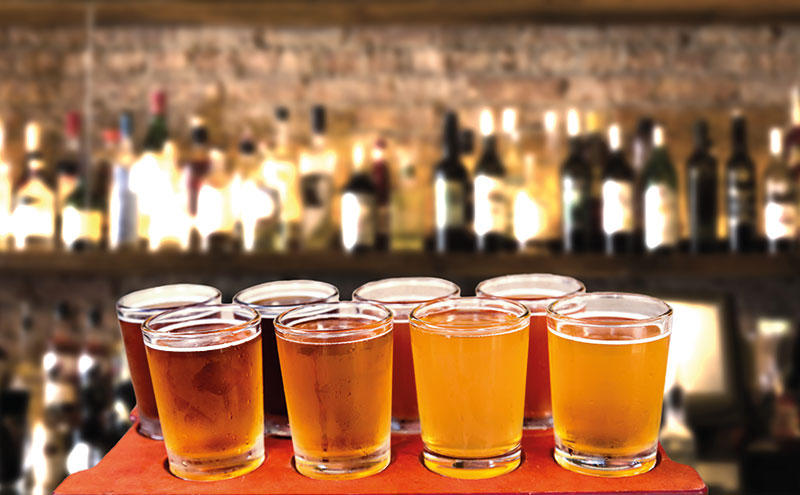
Mannion identifies an emerging ‘new world’ for craft beers. While the traditionalists might cling to the idealised memory of a local pub with a selection of equally local ales, in reality the beer selections of the past would have depended on ‘how far a horse could walk’.
“There is now a new era of casks from all over the country coming to venues like ours. It isn’t a return to the good old days – it’s something new – but it’s forging a way back to success for small breweries and good beers.”
Looking back towards the mass market, Suttle reckons that the revolution is over, and from the rubble something approaching ‘a new normal’ is now emerging.
“We’ve seen things come and go from light beers to higher ABV to lower ABV, to fruit flavours to all sorts of nonsense, including the heavily hopped beers, which ripped everyone’s palate to shreds, no matter what anybody claims.
“Ultimately we’ve arrived back at the same point – people want an easy drinking beer that’s nice, cold and refreshing and one that doesn’t have to challenge their tastebuds or their mental capacity for memorising one million different hops or ingredients.
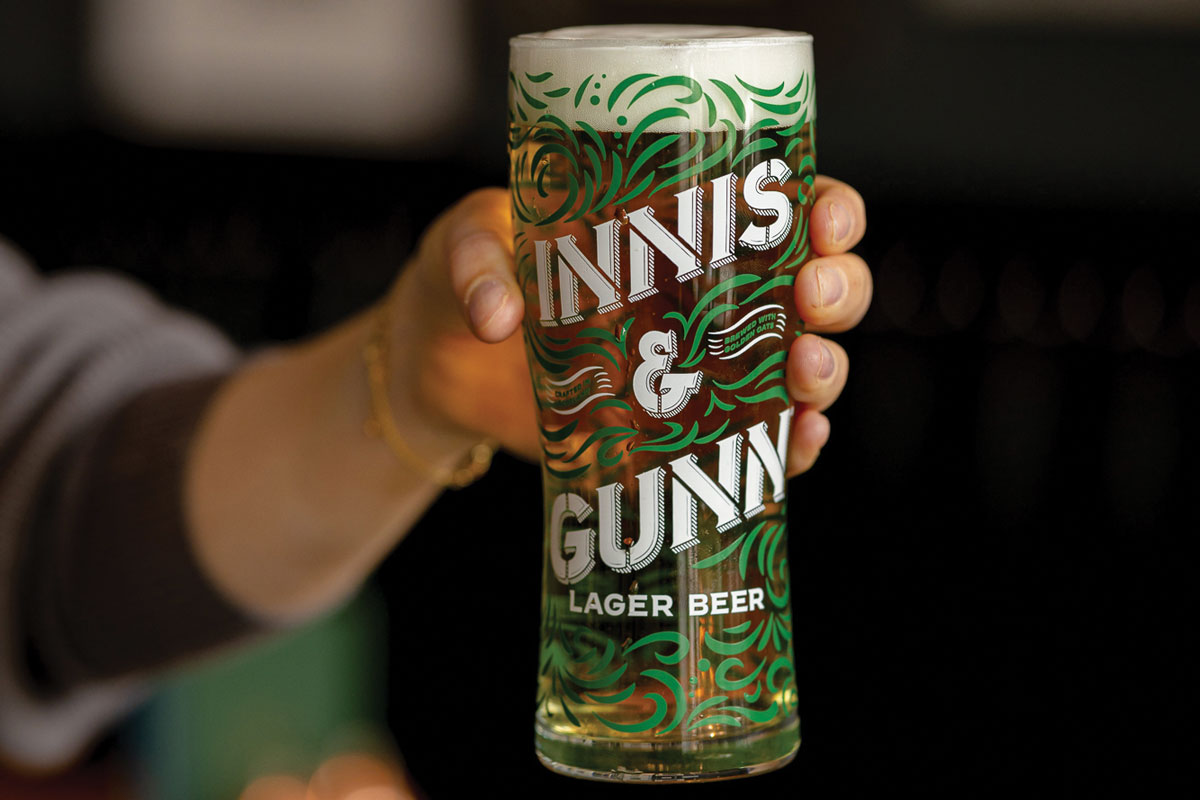
“You could say the beer market has begun the process of resetting itself. This reset, however, starts at a higher minimum bar than before. There is a large proportion of consumers not willing to go fully back to basics as they expect more.
“Scottish brands who had been craft supporters and early adopters are looking to mass market appeal again,” suggested Suttle. “The likes of Innis & Gunn are a hop, skip and a jump above the pack in terms of quality and flavour, and that’s where they want to stay.
“I think they will – I think they will be Scotland’s answer to the Continental style which people are more than happy to trade up to for very little extra.”



